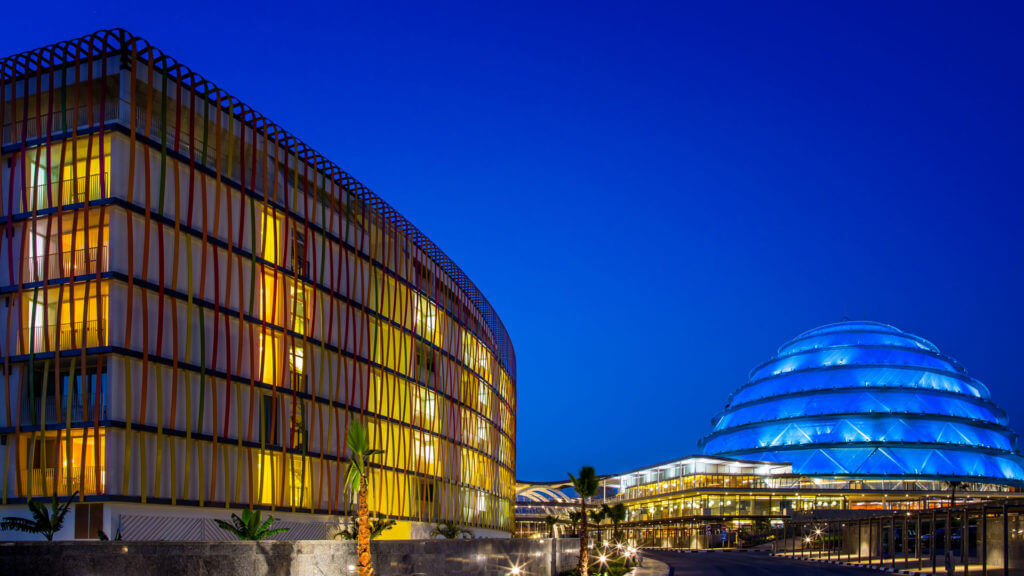
Over the past few years, social media platforms have multiplied and their reach has grown tremendously. Nowadays, if you’re running a business and you’re not on social media, there better be a good reason for it, or it will seem like you’re the figment of someone’s imagination.
If you own or manage a venue, how does that apply to you? How can you make sense of social media and use your already-scarce time effectively?
Today we’ll give you an update on where things stand, and hone in on the top platforms you should be on as well as how to leverage them to maximize your reach and event leads.
The Basics of Social Media for Venues
Before you dive in, take a deep breath and a step back. There’s a lot of noise out there and perceived pressure. Before you go and join every platform you’ve ever heard of, define some of your goals so that your objectives are clear. Then, identify your target audiences – potentially from the general buckets of potential clients, event planners, and event attendees. The more you can define each of those segments’ profiles, the better. Last but certainly not least, you need a strategy. Read on, to find out what you need to consider.
Which social media platforms should event professionals focus on and how?
The top three platforms are Facebook, Instagram, and Twitter, in that order and with Facebook quite a bit ahead. In the past year, Instagram has grown a lot (it overtook Twitter). YouTube is a rising star as well, especially with the ever-evolving hunger for video (it’s apparently the second most used search engine after Google!).
The basic rules are still the same as they have been for a while: you should be using social media to build relationships and provide value, for every post about your venue and what you’re selling there should be three or four industry-relevant non-marketing posts and don’t hesitate to check out your competition for inspiration. Beyond that, your venue will be rewarded for using social media as a two-way communication channel (in other words, be responsive!), by being consistent with posts, using hashtags, and including calls to action.




